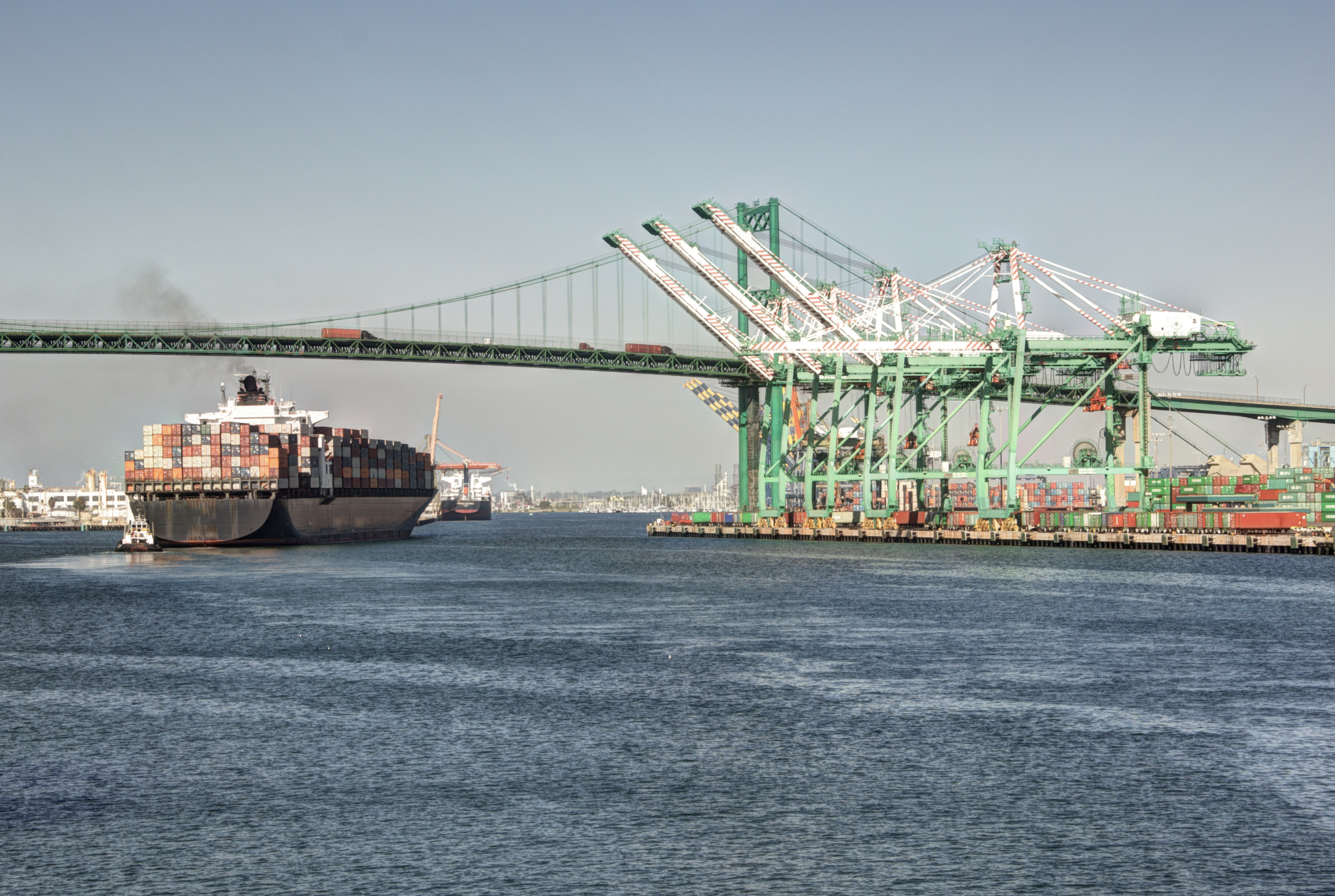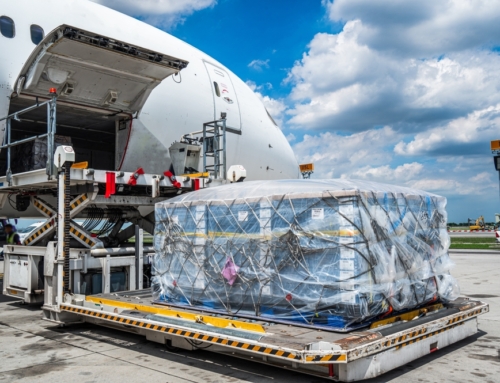California state and regional regulatory agencies are facing backlash from the freight transportation sector due to new emissions rules. Similar in goal to SB-253 and SB-261, these rules are being introduced to reduce emissions from freight transportation activities. The agencies are being urged to delay the rules due to high implementation costs. Referring to Indirect Source Rules (ISR’s) for ports, warehousing, and railroads, the California Trucking Association stated, “We all believe we are going to get there … it’s a question of how quickly and at what cost.”
REGULATORY BODY’S REACTION
The California Air Resources Board (CARB) is aware of these concerns but must adhere to strict deadlines and emission requirements because both the Los Angeles and San Francisco Bay port areas operate under the requirements contained in the Environmental Protection Agency’s (EPA) Clean Air Act. State and regional regulators have no choice but to comply with the standards outlined by the EPA.
IMPACTS ON PORTS AND WAREHOUSES
The ISR’s new mandates have also created cause for concern for ports and warehouses. Under the new rules, terminals and warehouses are responsible for reducing not only their own emissions bust also of those that utilize their facilities. This group can include shipping lines, truckers, cargo owners and more.
TRUCKER’S CAUSE FOR CONCERN
Truckers and drayage providers must also be compliant with CARB’s Advance Fleet Program. This program mandates truckers must operate 100% zero-emission trucks by 2035. Originally, this new program was to be enforced starting January 1, 2024, for those who need to slowly phase new trucks into their fleets, but a temporary stay action has been put into effect by the EPA. Drayage operators are struggling to buy zero emission trucks as they can be over three times the cost of their diesel consuming counterparts. Another direct impact of the CARB’s Advance Fleet Program is the need for an overhaul of California’s electrical charging infrastructure by 2035. Estimations state this new infrastructure will be the equivalent capacity of providing electricity to one million households and will cost billions of dollars.
HOW MUCH MORE REDUCTION IS FEASIBLE?
The Pacific Merchant Shipping Association (PMSA) represents terminal operators and shipping lines in the region and is urging regulators to reconsider. They argue the cost to achieve further reduction will be tremendous as ports have already reduced emissions by more than 95% on sulfur oxide and over 85% on diesel particulate.
Follow freight news with Green’s Weekly Freight Market Update by following us on Facebook, Instagram, and LinkedIn. For continuous updates, make sure to check out our website at greenworldwide.com.






